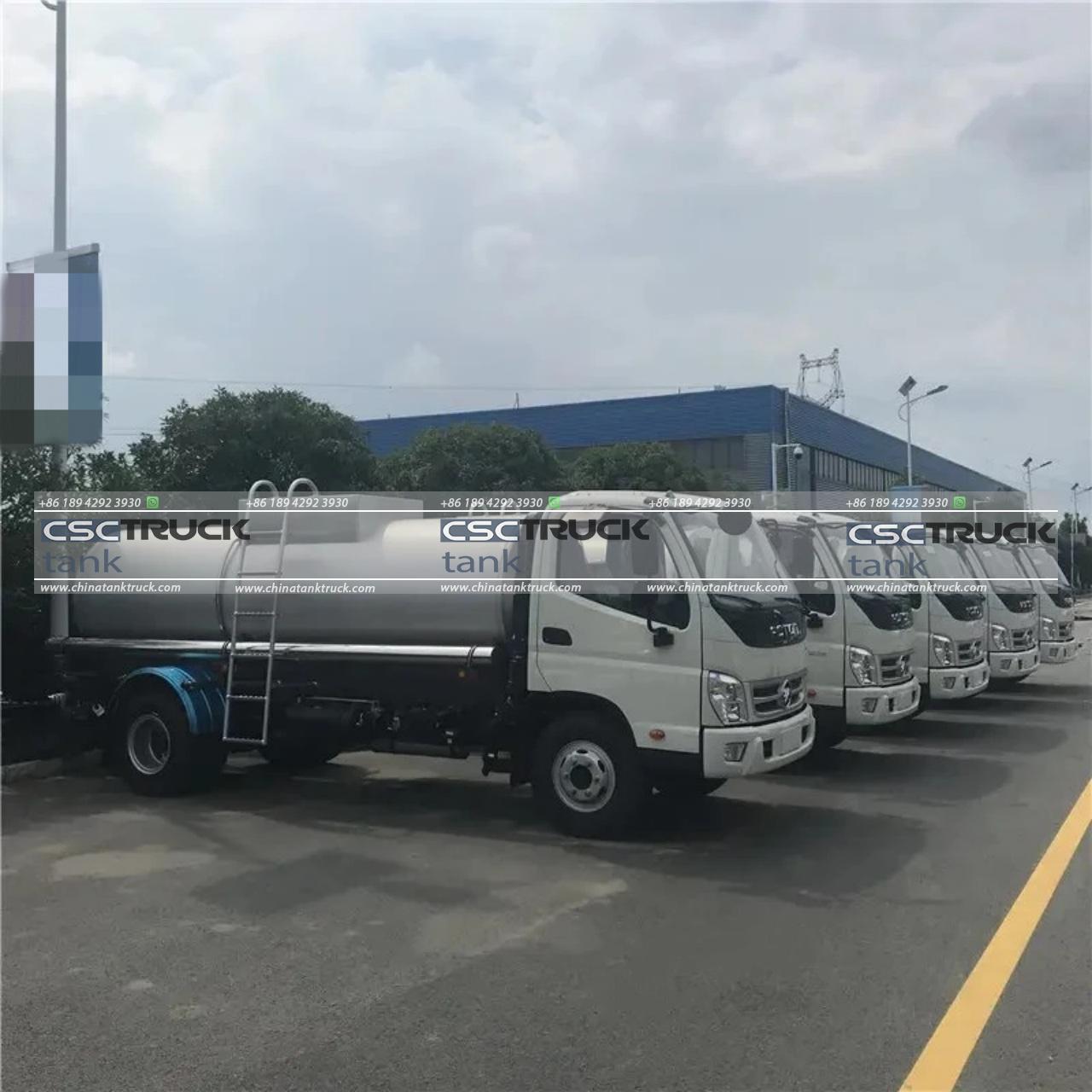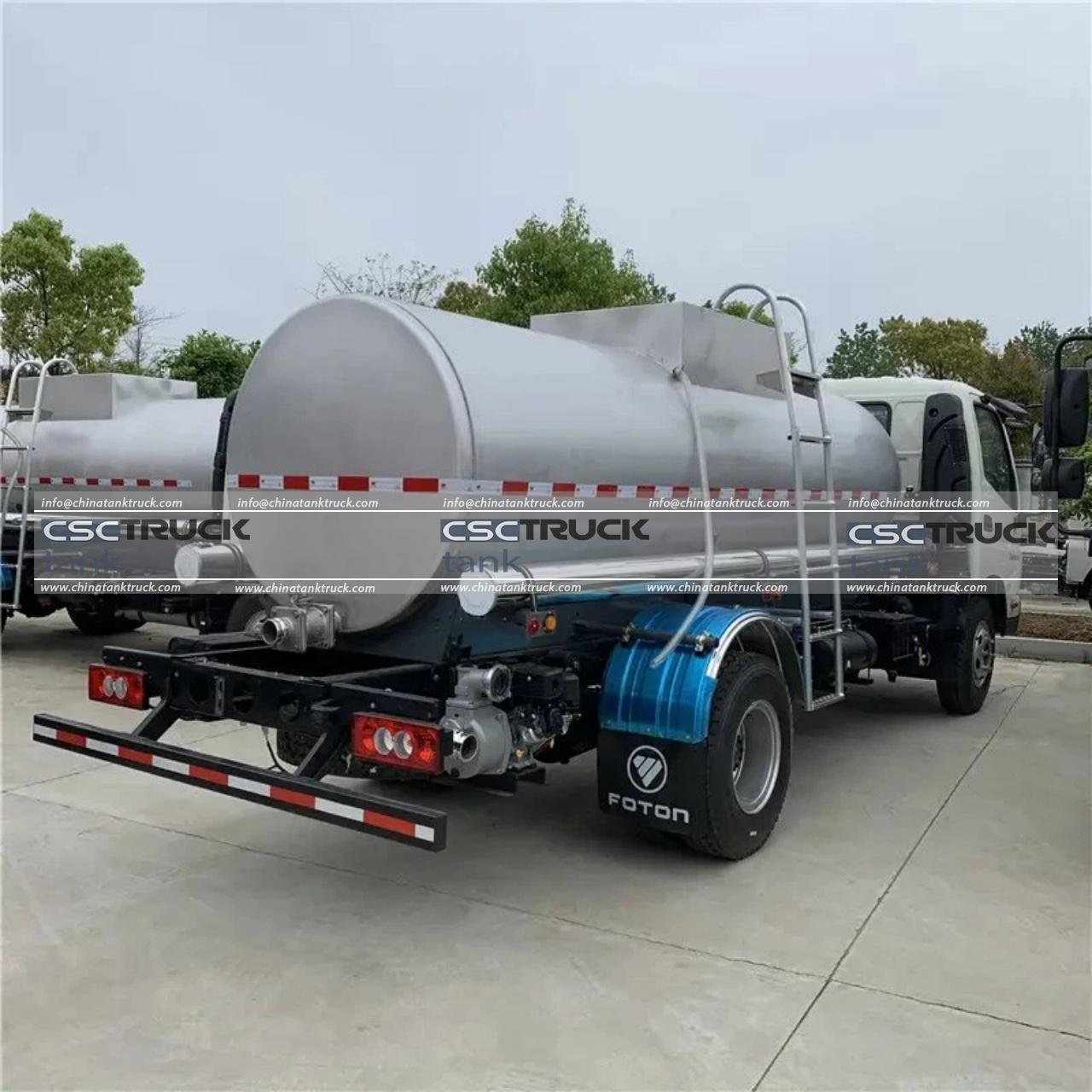How Much Water is in One Tanker?
Water is a fundamental resource, and its transportation is critical in various industries and emergencies. One common mode of water transportation is through tanker trucks, commonly referred to as water tankers. These vehicles are indispensable in delivering large quantities of water to locations where it’s needed but not readily available, such as construction sites, farms, or disaster-stricken areas. But how much water can one tanker hold? This question can be addressed from several perspectives, including the types of tankers available, their capacities, and the practical implications of these capacities.
Types of Water Tankers
Water tankers come in various shapes and sizes, each designed to suit specific needs. Generally, water tankers are classified based on their capacity, which is usually measured in liters or gallons. The size of a tanker can vary greatly depending on its intended use, whether for residential, commercial, agricultural, or emergency purposes.
1. Small Water Tankers: These are typically used for domestic purposes or in areas with narrow roads that larger vehicles cannot access. A small water tanker usually holds between 1,000 to 4,000 liters (approximately 264 to 1,056 gallons) of water. They are often used to deliver potable water to homes in rural or semi-urban areas where municipal water supply is inadequate.
2. Medium Water Tankers: These are more versatile and commonly used in a variety of settings, including construction sites, small farms, and refilling water storage systems. Medium-sized tankers generally have a capacity ranging from 5,000 to 12,000 liters (about 1,320 to 3,170 gallons). These vehicles strike a balance between accessibility and volume, making them ideal for situations where a moderate amount of water is required.
3. Large Water Tankers: Designed for heavy-duty use, large water tankers can transport vast quantities of water, often used in industrial applications, large-scale farming, or firefighting. These tankers can hold between 20,000 to 40,000 liters (approximately 5,280 to 10,560 gallons) of water, and in some cases, even more. They are usually equipped with powerful pumps and hoses to distribute water over large areas efficiently.
4. Specialized Water Tankers: There are also specialized water tankers designed for specific tasks, such as military operations, humanitarian aid, or airport fire services. These tankers may have unique features, like the ability to transport potable water, store water under pressure, or quickly deploy large amounts of water in emergencies.

Factors Influencing Tanker Capacity
Several factors influence the capacity of a water tanker, including the vehicle’s size, the material used for the tank, and the intended use of the water being transported.
– Vehicle Size and Design: The overall size of the vehicle is the most obvious factor determining how much water it can carry. Larger trucks can support larger tanks, but they also require more powerful engines and more robust suspension systems to handle the additional weight. The design of the tanker, including whether it has baffles (internal dividers) to prevent sloshing, can also impact how much water it can safely transport.
– Tank Material: Water tankers are typically made from materials like steel, aluminum, or fiberglass. The choice of material can affect the tank’s weight and capacity. For example, a steel tank is strong and durable but heavier, which might slightly reduce the amount of water it can carry compared to a lighter aluminum or fiberglass tank.
– Purpose of the Water: The type of water being transported can also influence the design and capacity of the tanker. For example, suppose the tanker is carrying potable (drinking) water. In that case, it may be subject to regulations that limit its size or require specific materials to ensure the water remains safe for consumption. Conversely, tankers transporting non-potable water, such as for irrigation or industrial use, might be larger since they don’t need to meet the same stringent standards.
Practical Implications of Tanker Capacity
Understanding the capacity of a water tanker is crucial for planning and logistics in various sectors.
1. Construction Industry: In the construction industry, water tankers are essential for tasks like dust suppression, concrete mixing, and site compaction. A medium to large water tanker is typically used, depending on the size of the project. The amount of water needed can be substantial, and knowing the capacity of the tanker helps in scheduling deliveries and ensuring that there is enough water on-site to keep the project moving.
2. Agriculture: Farmers rely on water tankers, especially in regions where irrigation is not feasible through natural sources or fixed infrastructure. Large water tankers are often used to deliver water to fields, particularly during dry seasons. The capacity of the tanker determines how much area can be covered in a single trip, which is vital for maintaining crops during periods of drought.
3. Disaster Relief: In disaster relief operations, water is one of the most critical resources. Tanker trucks are deployed to deliver potable water to affected populations, especially when the regular water supply is disrupted. In such scenarios, large water tankers are preferred because they can provide significant quantities of water in fewer trips, ensuring that affected areas receive timely support.
4. Firefighting: In firefighting, especially in rural or remote areas without hydrants, water tankers are a lifeline. Large-capacity tankers are crucial because they can supply the vast amounts of water needed to control large fires. The capacity of these tankers directly influences the effectiveness of firefighting operations, particularly in wildfires where access to water can be limited.

Conclusion
The amount of water in one tanker can vary widely, ranging from a few thousand to tens of thousands of liters, depending on the type and purpose of the tanker. Small tankers might be used for residential deliveries, medium ones for construction or small-scale agricultural needs, and large tankers for industrial, firefighting, or disaster relief purposes. Understanding the capacity of a water tanker is essential for effective planning and resource management in various sectors. Whether it’s ensuring a steady supply of drinking water, maintaining agricultural productivity, or responding to emergencies, water tankers play a critical role in managing one of our most vital resources.

